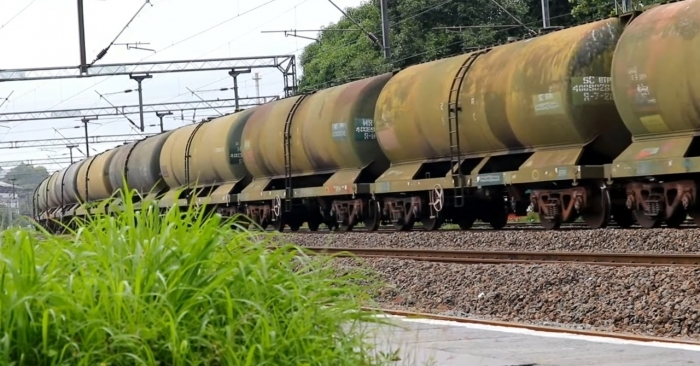Railways plans to increase freight traffic share with national rail plan
March 24, 2021: Indian Railways have prepared a National Rail Plan (NRP) for India – 2030 to create a ‘future ready’ railway system by 2030.

March 24, 2021: Indian Railways have prepared a National Rail Plan (NRP) for India – 2030 to create a ‘future ready’ railway system by 2030.
This information was given by the minister of railways, commerce & industry and consumer affairs, food & public distribution, Piyush Goyal in a written reply to a question in Lok Sabha today.
“The objective of the plan is to create capacity ahead of demand, which in turn would also cater to future growth in demand right up to 2050 and also increase the modal share of Railways to 45 percent in freight traffic and to continue to sustain it. The draft plan has been put up in the public domain and is also being circulated amongst stakeholders for comments/remarks,” it says.
Freight train services are monitored through Freight Operations Information System (FOIS) and for passenger trains, the system used is Coaching Operations Information System (COIS), both of which use information technology as an aid to decision-making and ultimately improving train services.
The FOIS & COIS enable optimum utilization of costly assets and resources by improving the distribution of rolling stock along with scheduling/time tabling and routing of trains in order to meet customer demand. The FOIS & COIS provides continuous train monitoring and instant access to information regarding status of trains to customers. For continuous tracking of trains and monitoring them on a real time basis, the Railways have a large number of control offices distributed over the network. The railway control offices use comprehensive software, Control Office Application (COA), for charting and planning train services on a section. The COA is integrated into both FOIS & COIS, so that monitoring of train services and decision-making is done on a real-time basis.
In order to run trains to meet the commodity-specific demand of state governments, a tripartite procedure has been established. The state governments requirements/demands for commodities such as food, fertilizer, POL, coal for power, minerals etc. is first assessed by the nodal central agency such as the ministry of food & civil supplies, department of fertilizer, ministry of petroleum, ministry of coal, ministry of power, ministry of mines etc. and the concerned nodal central agency then co-ordinates with the ministry of railways for running of freight trains to meet the state governments requirements.
The Indian Railways has always taken the initiative in running more passenger and freight trains to meet the state governments requirements as well as providing relief during disasters, calamities, melas, fares etc. In addition, the Indian Railways runs pilgrims trains on demand made by state governments.



